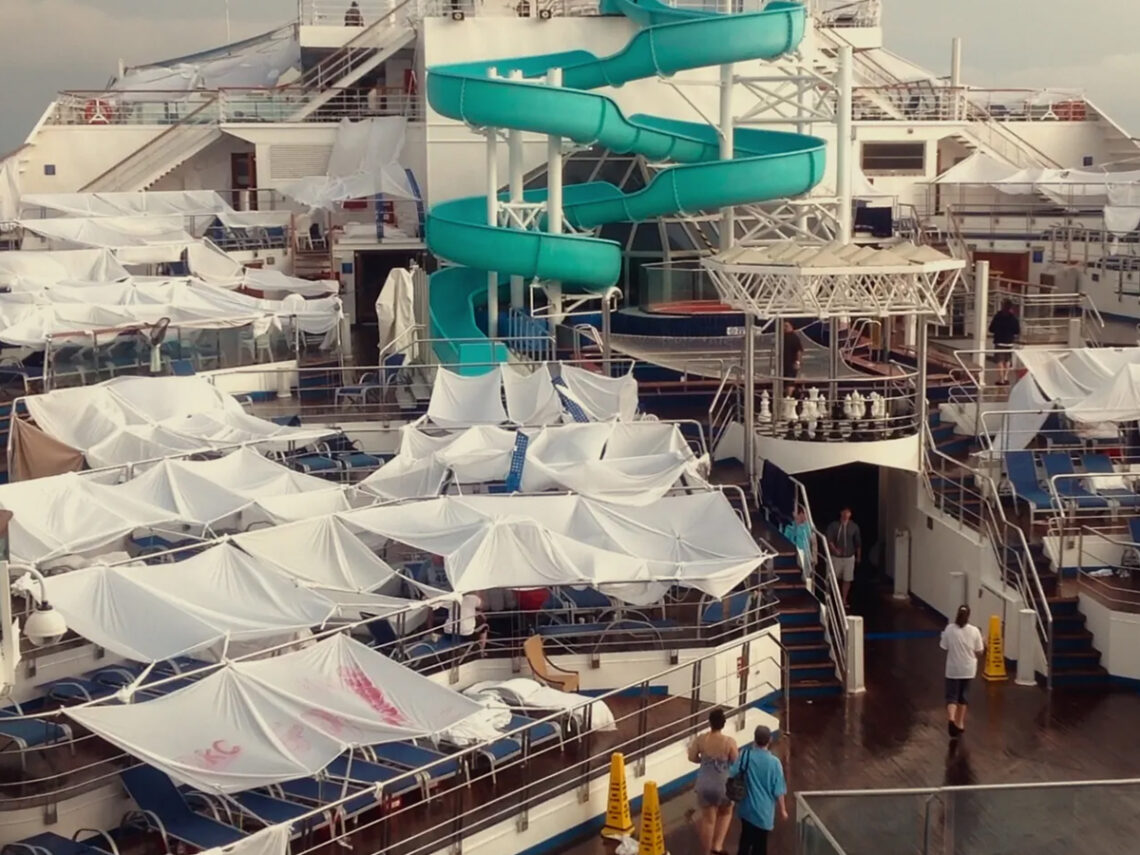
Why do we like watching “trainwrecks”?
One show turns into three. Then five. Then a whole genre. What started with Trainwreck: Woodstock ’99 has now exploded into something bigger – a full-on anthology of disaster. The Trainwreck banner on Netflix no longer stands for one festival gone wrong. Trainwrecks are now a collection of cultural implosions. A poop cruise, a flying boy hoax, a riotous birthday party, and a mayor who spiralled live on camera.
Each episode pulls you into a different kind of madness. Different places, different people. But they all share the same energy. Something once full of hope goes completely off the rails. And somehow, we cannot look away.
The stories are absurd, but the reactions are real. People tweet through the shock, text friends mid-episode, and Google “what happened next” before the credits even roll. These trainwrecks are not just watched, they are experienced like a collective unravelling, playing out across group chats and timelines.
So what is it about these Netflix trainwrecks that makes them so watchable?
Disaster feels distant, until it doesn’t
Every Trainwreck episode starts with something normal. A music festival. A cruise. A child’s birthday. A brand. Then something small tips the balance. The heat spikes. The toilets back up. The wrong person gets too much power. And before you know it, the entire thing unravels.
In Poop Cruise, passengers board a luxury ship expecting calm seas and cold drinks. What they get instead is sewage, food shortages, and broken plumbing. In Balloon Boy, a child is supposedly floating through the sky in a homemade aircraft. Cameras race to follow. Viewers panic. And then comes the twist: he was hiding in the garage all along.
These stories grip us because we start from the inside. We imagine ourselves there. But we are not. We are safe, watching from the couch. The chaos feels real, but not ours. That makes it thrilling.
The collapse always says something bigger
Part of what keeps us watching is not just the event itself but what it reveals. These are not accidents. They are public unravelings of culture, power, ego, or delusion.
In The Real Project X, a teenager’s house party becomes a full-blown riot because of one viral invite. It is absurd. But it also says something about how quickly control vanishes once the internet takes over. The Cult of American Apparel is not just about fashion. It is about manipulation, unchecked power, and what people tolerate in the name of coolness.
Even Mayor of Mayhem, about the downfall of Toronto’s Rob Ford, plays like political theatre. You are watching a man spiral live on television, making headlines, then apologies, then more headlines. It is funny until it is not.
These episodes aren’t just “crazy stories”. They are mirrors. And they reflect more than just bad decisions.
Netflix knows exactly what we will click on
None of this is accidental. The Trainwreck format works because it taps into a very modern kind of curiosity. Not just about failure, but about spectacle. The titles are strange. The thumbnails are chaotic. And the stories are just short enough to binge without feeling overwhelmed.
They are not trying to teach you a lesson. They are trying to hold your attention. And they do. Whether it is Astroworld’s crowd crush tragedy or the bizarre P.I. Moms suburban drama, you are pulled in by one promise: something went horribly wrong. And someone caught it on tape.
Netflix understands that people are not always looking for closure. Sometimes, they just want to watch it all fall apart. From the couch. With popcorn. And a sense of relief that it did not happen to them. And trainwrecks give them exactly that.
What these wrecks really reveal
At the end of each episode, there is no ribbon to tie things up. No one is entirely innocent. No one is entirely evil. The systems fail, people snap, and the world watches. And the result is uncomfortable, funny, sad, and strangely addictive.
These trainwrecks hit because they walk the line between chaos and commentary. They are not just about what happened. They are about how we reacted, how we tuned in, and how we talked about it. Most importantly: how we keep coming back for more.
We like watching the fall. Not because we enjoy pain, but because we recognise the edges. The what-ifs. The split-second decisions that change everything. The moments where order breaks and something very human slips through.
That is what Trainwreck really shows us. Not just the mess. But the very thin line between someone else’s disaster and our own.